Smart sunglasses, Glatus IoT
Glatus is a smart IoT sunglasses project, collaboratively developed by AI startup Skelter Labs and Hyundai's advertising agency Innocean. Over five months, I worked on the service design and conducted tests for product functionality and user experience. This service was exhibited at CES, focusing on creating and funding a real-world product that enhances user well-being through smart glasses.
Role
UX / UI / GUI design,
Service Concept
User Research,
Prototyping Test
Collaborators
3 Project Managers
2 Designers,
10 Developers
Duration
6 months (2019 - 2020)
Company
Overview
A Lifestyle-Integrated IoT Sunglasses
Glatus IoT sunglasses improve users' lives in terms of health, safety, and communication, offering convenience through the product.
Our team planned and conducted tests for IoT functionality and modeling, user responses, in-drive feature performance, and service scenarios. Users can prevent drowsiness while driving, effectively block UV rays, and receive assistance during driving or travel.
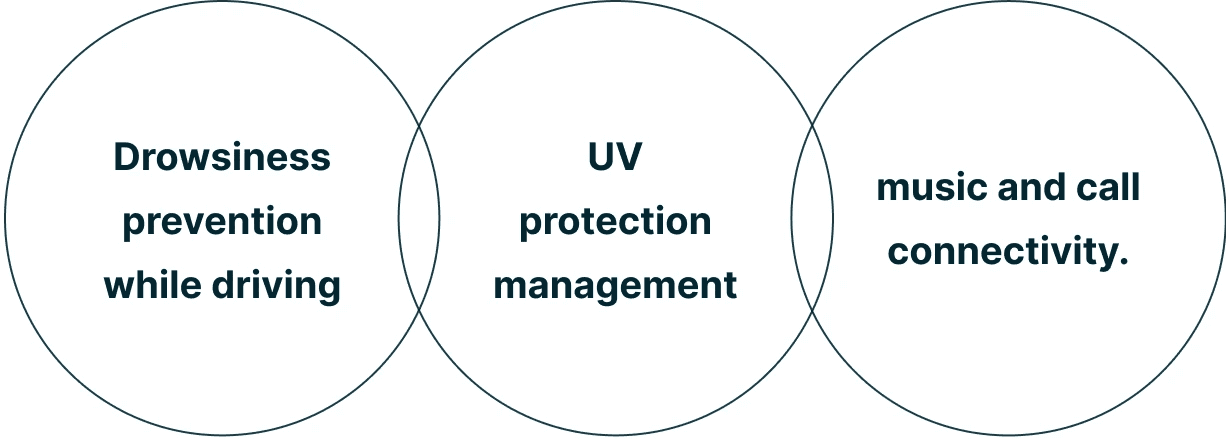
Design Strategy
Smart sunglasses should provide a convenient and practical experience while pursuing technological innovation. We contemplated the benefits users could gain from the glasses throughout their daily activities.In line with this belief, Glatus was developed to provide real-life convenience in indoor and outdoor activities. Therefore, We expanded the user experience of the glasses in various patterns like work, leisure, exercise, and driving by utilizing the voice assist feature.
Enhanced Indoor Efficiency
In-Task Notifications & Bluetooth Playback Controls

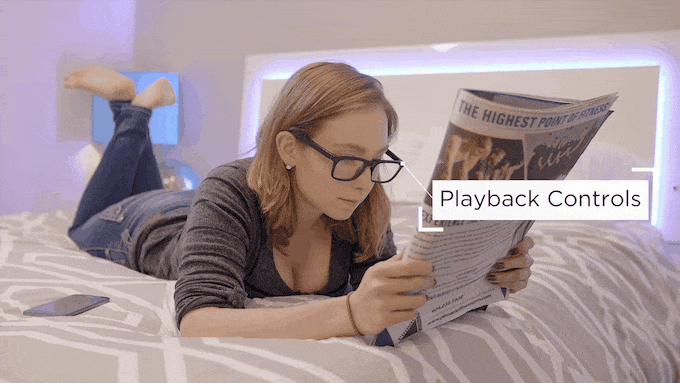
Aid for Outdoor Activities
UV Information Provision & Physical Activity Tracking


Optimized Driving Support
Drowsiness Prevention and Driving Measurement & Automatic Lens Adjustment According to Light Intensity
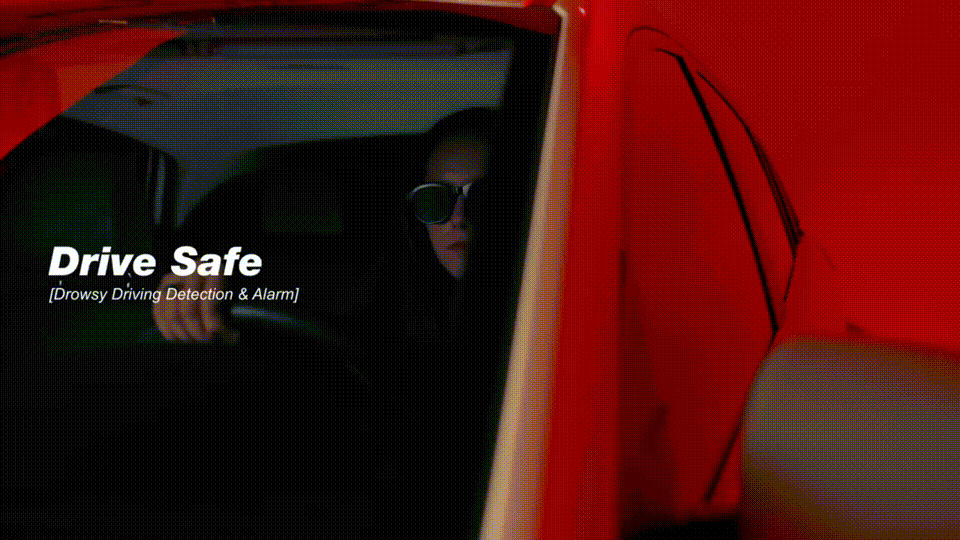
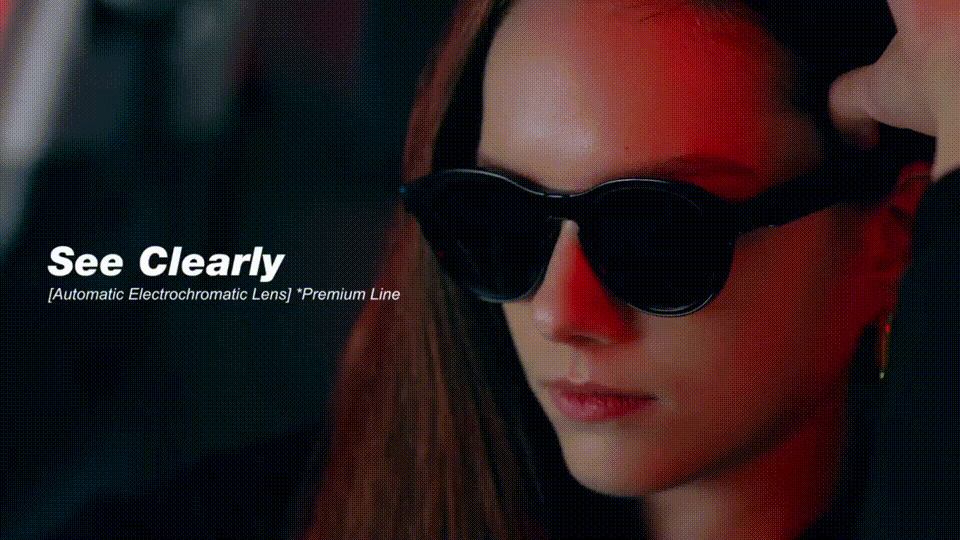
Service Development
1.Prototyping & Verification
As a UX designer from the early stages of the smart glasses prototype to the final product, I conducted usability tests to enhance the design and actual wearing experience of the product. Through five iterations of prototype development, we successfully crafted the final glasses.
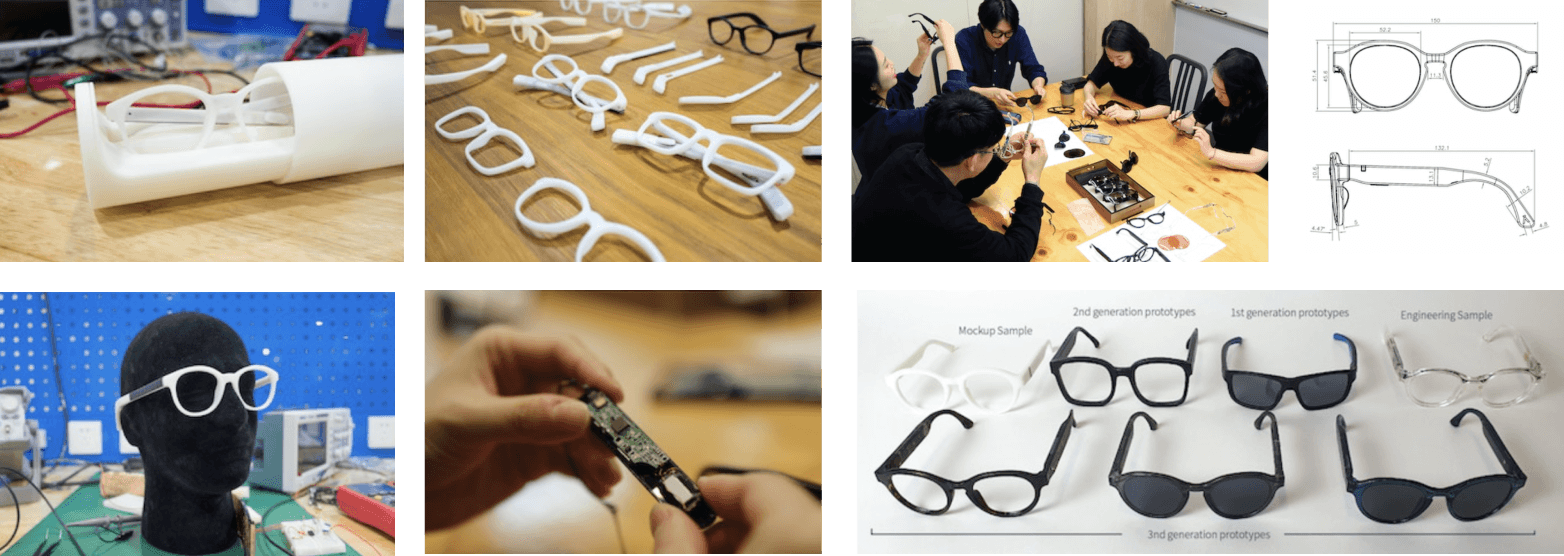
2.User testing & Field demo test
We developed and field-tested prototype glasses to ensure proper functionality during driving, reviewed the eye tracking features, and conducted hands-on user tests and field interviews. Additionally, we planned for adjustable brightness in the glasses to enhance visibility while driving through tunnels.


3.Usability testing
During two weeks of usability testing, we conducted a month of Focus Group Interviews (FGI) and field tests,
using the feedback to update the User Interface (UI).


Key features
Glatus is designed to enhance daily experiences by measuring the UV index and providing UV and Lifestyle Indexes, along with usage tracking. It ensures safer driving with audio alerts designed to prevent drowsiness. The user interface, vibrant yet minimalist and casual, features a dynamic pastel palette that changes according to UV exposure and driving conditions, prioritizing clear usage tracking even on the move.
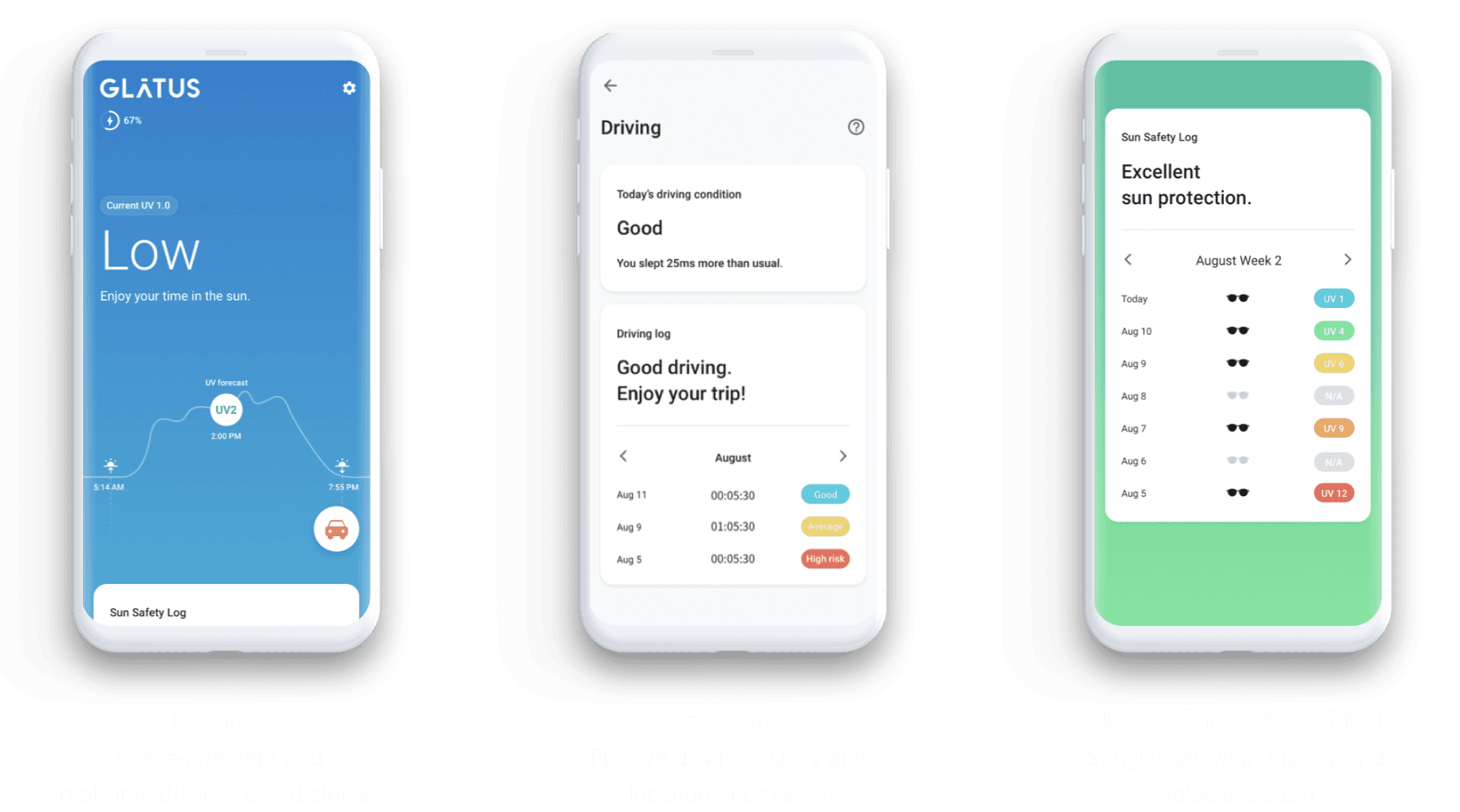
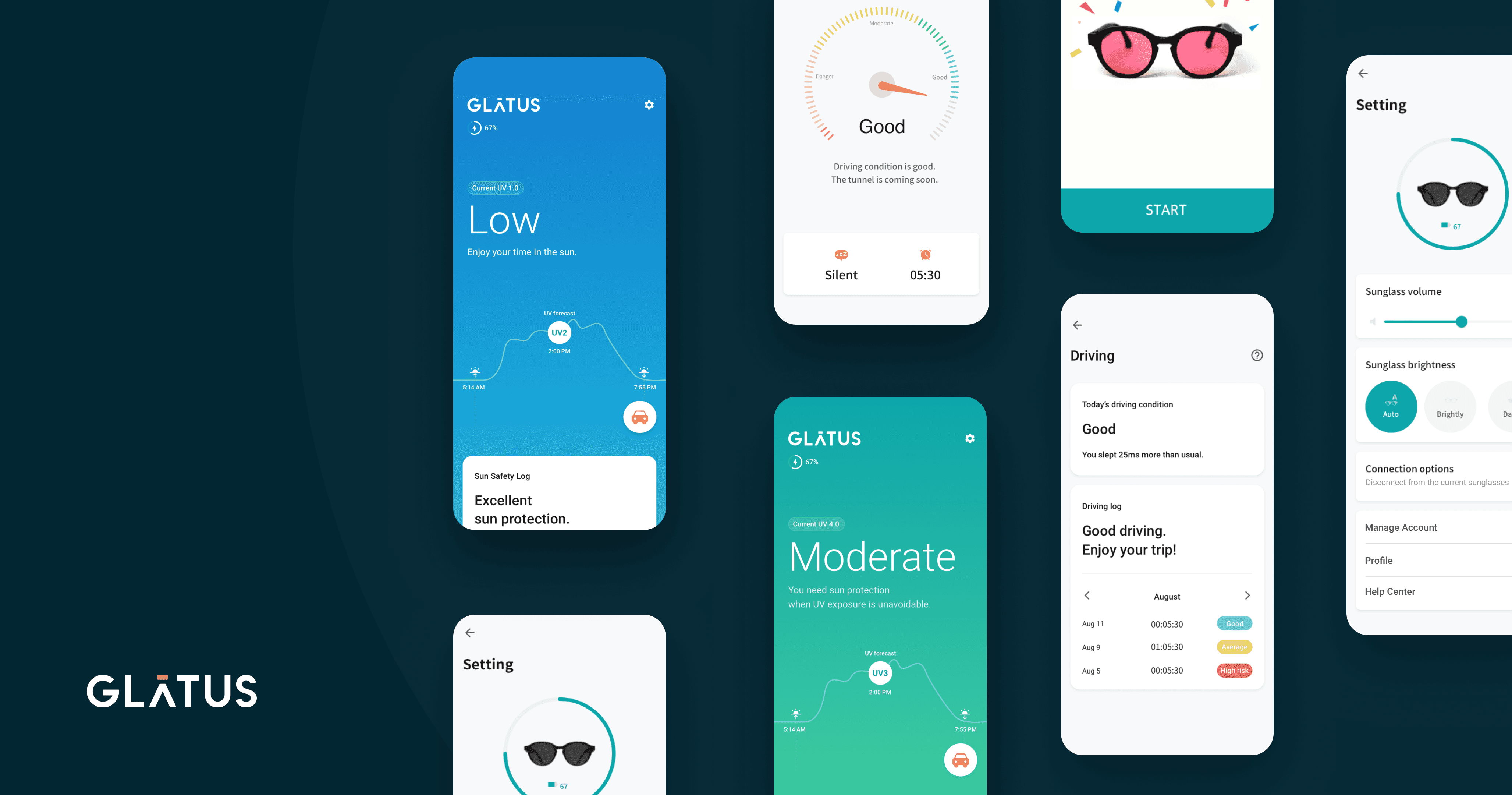
Exhibition
CES Exhibition
Glatus was showcased at CES, where we shared our aspirations for future development based on user feedback and technological advancements. This included product improvements that could further enhance Glatus's capabilities.
We discussed the impact of smart glasses on users' daily lives, from simplifying tasks through hands-free operations to providing real-time information overlays within their field of vision. This discussion offered insights into the future of wearable technology and its potential to transform everyday experiences.
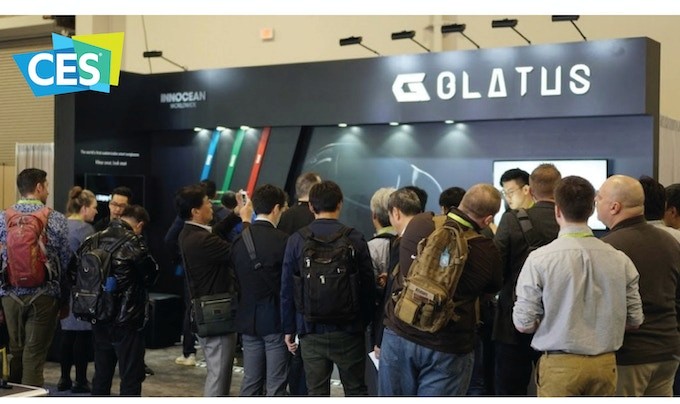
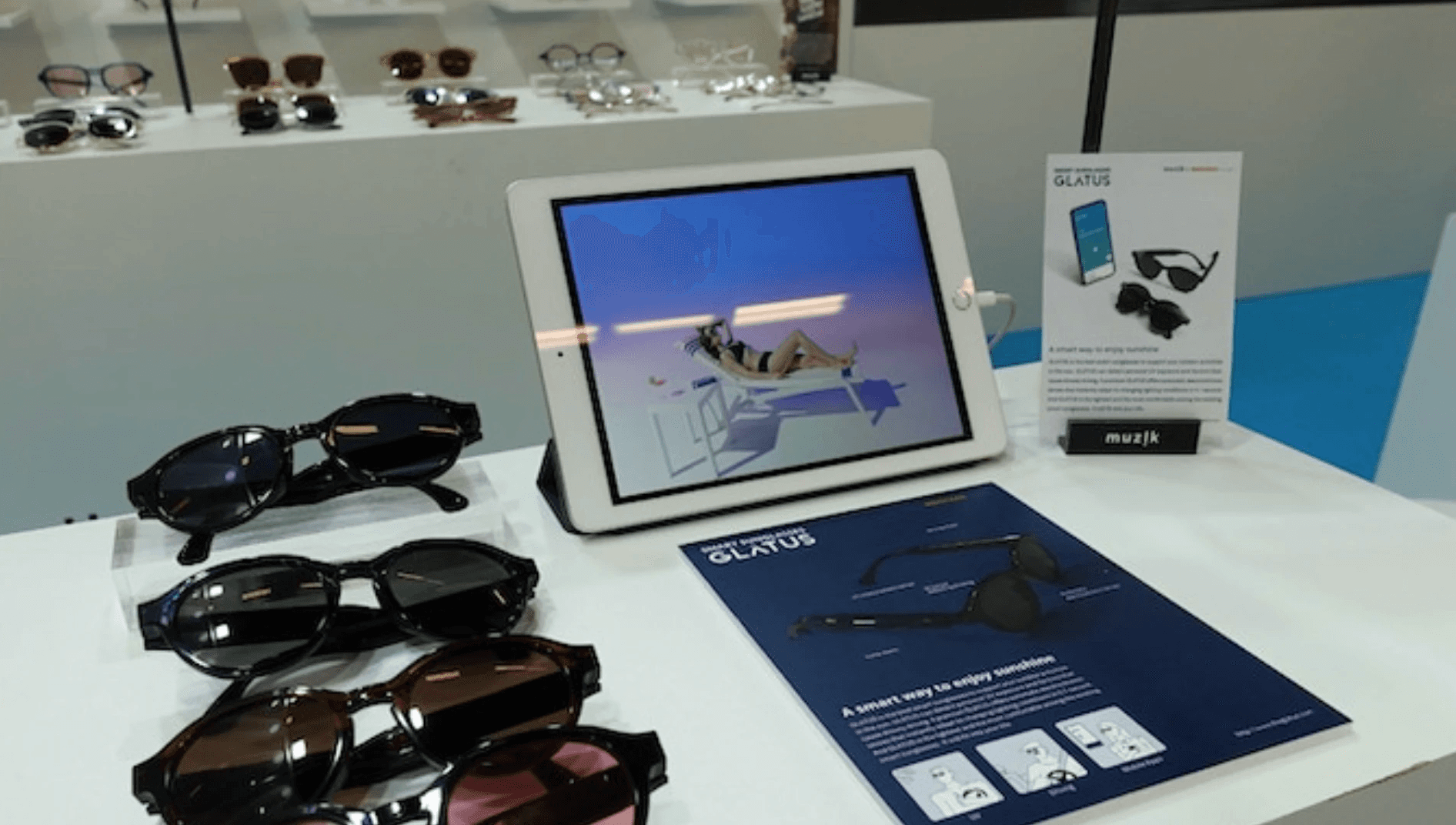
Takeaways
This project was a valuable experience in applying UX design to smart glasses, significantly motivating interdisciplinary research. It reinforced my belief in dedicating future technologies to improving people's lives by integrating UX design with VUI and IoT technologies. Given the opportunity, I am eager to develop glasses featuring AR and VR capabilities, moving beyond traditional mobile and web interfaces.